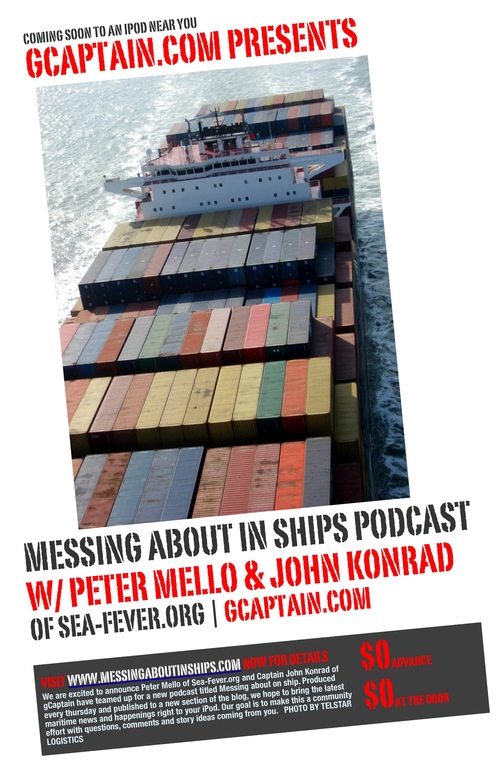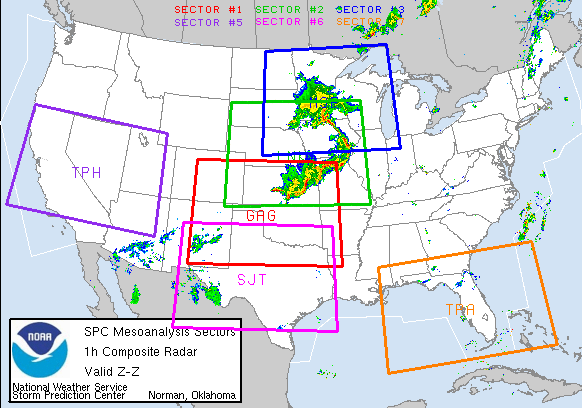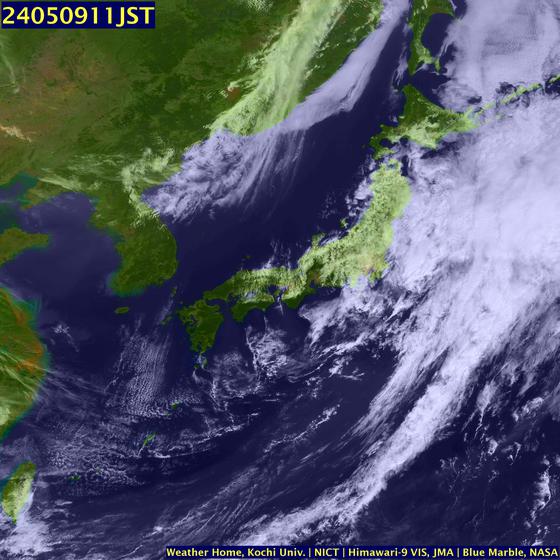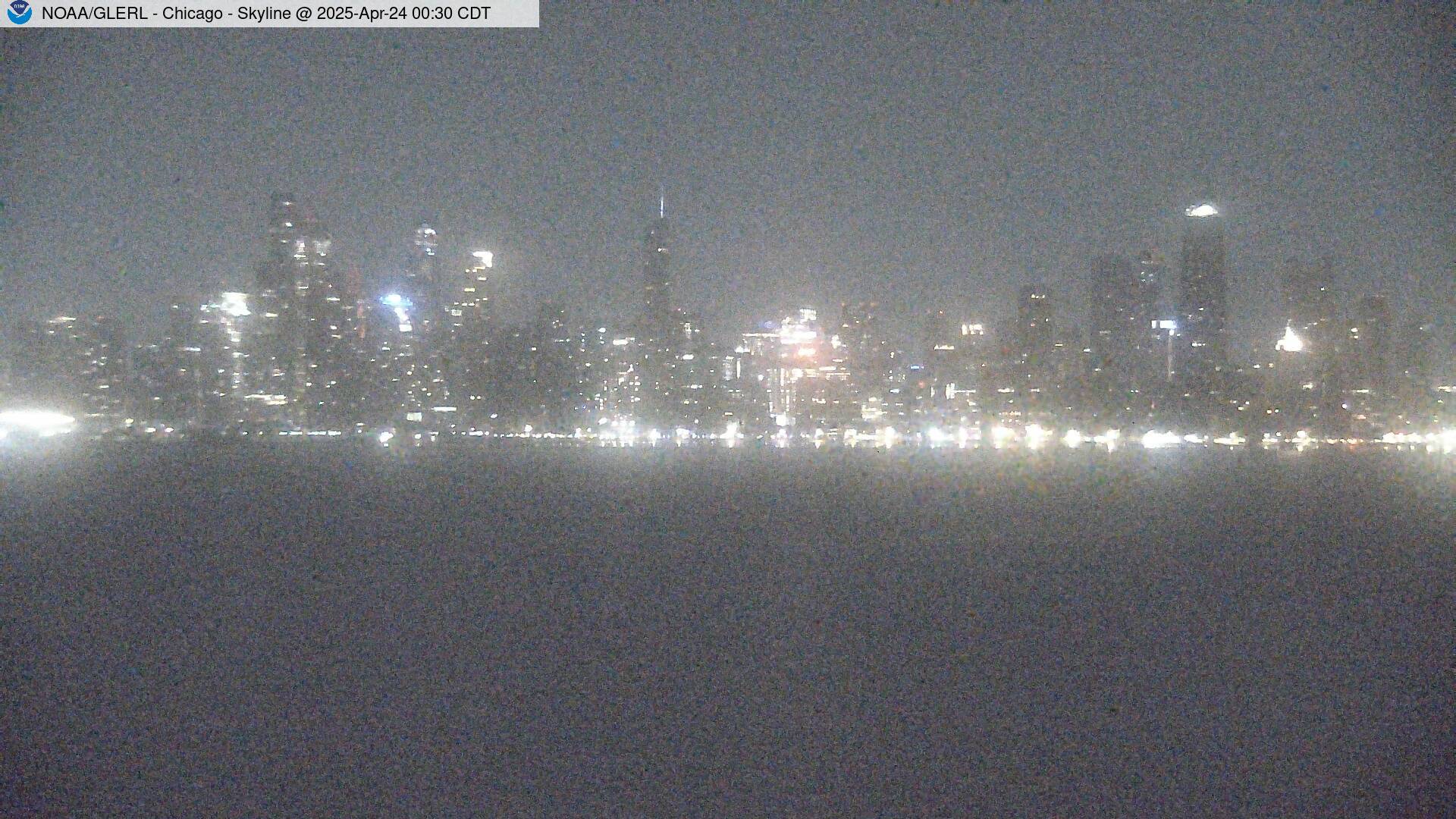 Does storm news justify its danger?
Does storm news justify its danger? Talk show legend Phil Donahue often said that one day there will be an execution broadcast live on TV.
No doubt he never expected the moment to be self-inflicted, but that's exactly what the current hurricane season may give viewers.
And when it happens, frankly, it will be hard to feel sorry for the television correspondent whose head is sliced off by a flying stop sign, or, perhaps, the one who suffers disfiguring cuts from flying debris.
Watching TV reporters rush to the scene of a storm has become a sport. They get in there, because they say that's the only way to show the fury of a storm.
Yeah, right.
Ever since a young reporter named Dan Rather held onto a pole in Galveston in 1961, every storm chaser since has tried to recapture that moment.
Some have succeeded; many have failed. In the process, it continues the disturbing trend of reporters becoming the news, rather than covering it.
Officials said staying near the coast could mean "certain death," so many of the reporters treated the coverage like they were on a mission into enemy territory. Without wreckage to show, or bodies, they spent a lot of time talking about how they position their trucks and what they do to be safe.
And then they walk out into the storm.
CNN's Rick Sanchez seemingly has made hurricane coverage his pet project. He twittered with viewers before the storm got there, stalking the land near the coast as if he could dominate Ike. His colleague Susan Candiotti held onto a bush when the wind got rough.
One can't help but laugh when Fox News daredevil Geraldo Rivera is leveled by an unseen wave, or when CBS forecaster Dave Price gets a face-full of the sea while live on TV.
And those moments happened long before Hurricane Ike actually made landfall early yesterday.
"If we can't get our cars out, we're going to go out on foot to get you video," the Weather Channel's ace Stephanie Abrams said as daylight broke over Texas.
Watching hours and hours of storm coverage is like driving slowly past a highway wreck. One marvels at the damage, but hopes no one is hurt. Yet, at the pace at which networks continue to thrust reporters into such storms, there will come a time when someone dies on air for the sake of covering a hurricane - for us.
"The winds are ... there goes my cap, by golly, I'm getting out of this," CNN's Sanchez said around 2:30 a.m. Saturday.
It's funny to watch a guy chase a ball cap. It won't be funny to watch him get killed.WEATHER NOTE
FLOODING PICTURES FROM SEPTEMBER12-14, 2008 EVENT

Is Your Workshop Ready For A Hurricane Or Other Severe Weather?
As hurricane Ike barrels towards the Texas coast it makes me think about how prepared is my wood shop for severe weather. This event got me thinking about how many tools I have acquired over the years that are in my workshop. More than I realized. Then I started to think about how much they would cost to replace if they were damaged beyond repair. Several of my expensive tools I purchased second hand from other woodworkers well below retail. However, if the tools are damaged I would be buying them new and paying a lot more than I did to acquire them the first time.
You might be thinking that this hasn’t happened to my work shop. My workshop is in the garage or basement my tools are safe. Or, this will never happen to me.
What is the worst thing that could happen to your workshop?
- Flooding?
- A tornado completely destroying it?
- A strong wind damaging the structure and allowing rain to get inside?
- Earthquake?
- Fire? 400 homes per year are destroyed due to natural gas leaks.
My goal here is not to make you scared and afraid, rather to get you to take some simple steps to prepare you work shop in the hopes that you never actually need to replace all of your tools.
The first thing you need to do is make an itemized list of every power tool and hand tool in your shop. Include the model number of each tool. Grab a couple of sheets of paper and start writing.
The second thing you need to do is to make a video recording of everything in your workshop. In the event that your tools are damaged, the insurance company will not accept the video as documentation, but you can use it to recall what tools you had when you are working with the insurance adjuster.
The third thing to do is sit down and figure out what the replacement cost would be for each tool at today’s prices. Why? This step will help you with the next step when you are talking to your insurance agent about how much in tools you have and how much coverage you will need to replace them all in the event they are damaged.
The fourth thing to do is review your home owner’s / hazard insurance to determine if you have enough coverage for your tools. Are they even covered? Talk to your insurance agent you might find out that they are not covered or covered for only maybe $2,000. Talk to your insurance agent to add coverage for all of your tools.
Finally, make a copy of the documentation and video. Store one copy at your home and the other way from your home: with your parents, brother or sister, grandparents or safety deposit box. If your workshop is damaged, the list is safe with someone else.
It will take some time to record and price this information but it is an exercise that is well worth the time. Hopefully you will never need to actually go through the process of replacing the tools because of a disaster.
WEATHER NOTE
From Freaque Waves





INTERNATIONAL SHIPPING CARRIERS TO BE EXEMPTED FROM PHILIPPINE COASTGUARD RULES ON STORMS
The Philippine Coast Guard (PCG) has excluded international shipping lines from obeying its guidelines on vessel movement during inclement or heavy weather.
'International carriers are excluded from the new guidelines (as opposed) to our earlier proposal,' the PCG stated in a memorandum.
'Since their operations are international in nature, carriers will be covered by regulations promulgated by the IMO (International Maritime Organization) on international going vessels,' PCG further added.
The memorandum was modified after the sinking of the M/V Princess of the Stars under extreme weather conditions on June 21 leaving about 800 people missing and feared dead aside from endangering the marine environment because of the ship's toxic cargo.
Local operators are seeking to refine the guidelines. They propose that vessels with 1,000 gross tons and below be barred from sailing under storm signal number one and those with 2,000 gross tons and below under storm signal number two.
When signal number three is hoisted, they agree that no vessel movement should be allowed at all.
The Association of International Shipping Lines (AISL) earlier sought exemption from the guidelines, stressing serious delays in their commercial operations.
The carriers explained foreign vessels calling at Philippine ports -mostly feeders- are sticklers when it comes to schedules to ensure that they connect with the mother vessel at the foreign relay port.
Any misconnection to the mother vessel, they said, will cause delays in the arrival of the goods at destination, which will be detrimental to Philippine exporters and to Philippine trade in general.
Under international guidelines, the shipowner and master of the vessel are responsible for ensuring the safety of the ship during inclement weather.
Under its draft guidelines, domestic vessels under 1,000 gross tons will not be allowed to set sail if storm signal number 1 is hoisted along the area of its voyage; all kinds of vessels are barred to sail under storm signal number 2.
The existing policy contained in Memorandum Circular (MC) 06-08 bars all shipping lines, including international vessels, within Philippine waters to set sail when storm signal number one or higher is hoisted, except when the vessel needs to seek shelter.
September 19th is "Talk like a Pirate Day"
In the spirit of “Pirates of the Caribbean” and “Treasure Island”, it should be duly noted that September 19 is annually celebrated as Talk Like A Pirate Day. This is all in good fun, mates, and must never be confused with real pirates, such as those currently plaguing the waters off Somalia. Avast!

English-to-Pirate translator
Stay Safe! "Me Friends"
RS



































































































![Validate my RSS feed [Valid RSS]](valid-rss.png)
No comments:
Post a Comment